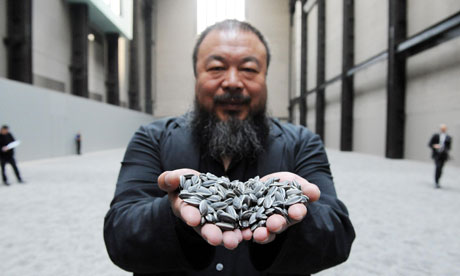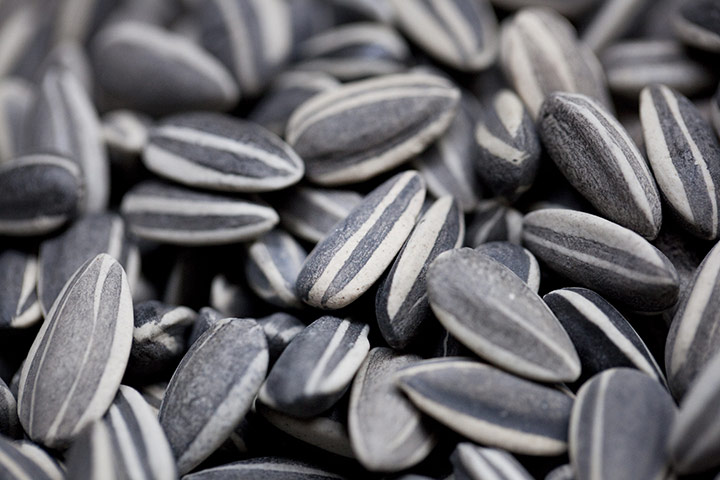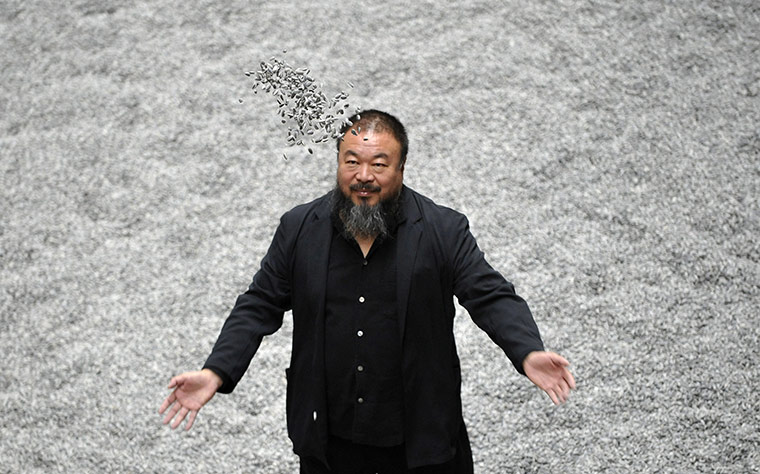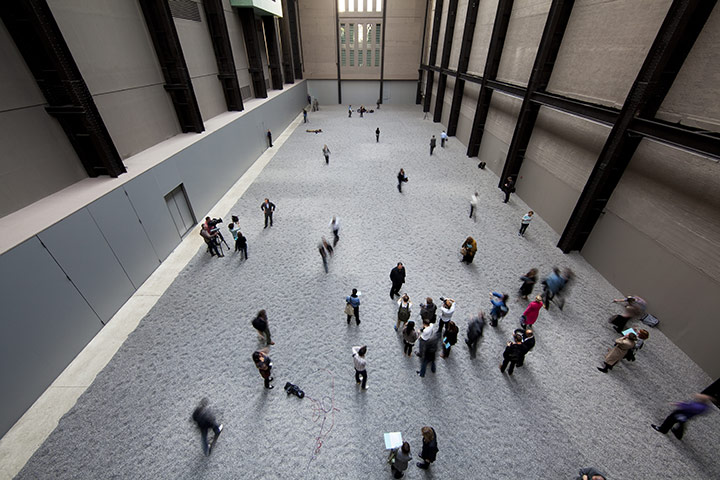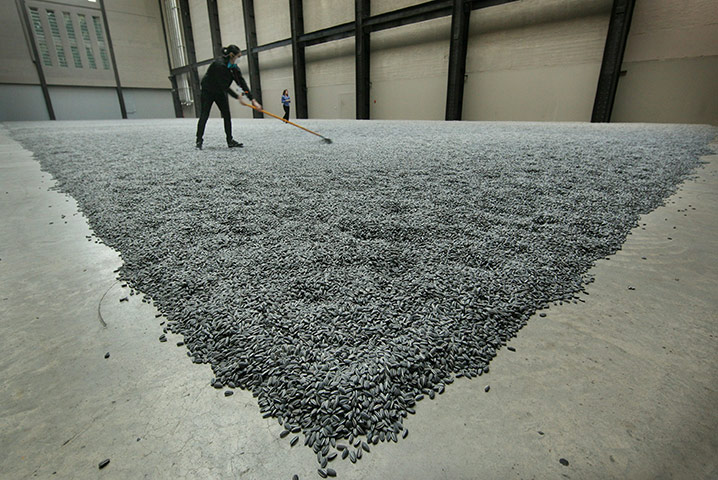Its so wonderful to be sent material that's ideal the 'homage to the seed' blog. These came from a lovely friend Terri who thought I'd like to see these images from an International Photomicrography competition. Found at Boston.com its well worth a look at the entire collection of photographs!
Thank you Terri!
NB....the images I chose are mostly botany-related ... with several exceptions. Two are from the ocean and one I posted out of pure whimsy! You''ll see what I mean.
Small Worlds
The Nikon International Small World Photomicrography Competition recently announced its list of winners for 2010. The competition began in 1974 as a means to recognize and applaud the efforts of those involved with photography through the light microscope. Peering into the small worlds of animal, plants and minerals using many techniques and different instruments, this year's entries brought us images of crystalline formations, fluorescent body parts, cellular structures and more, valuable for both their beauty and insight. The lovely folks at Nikon were kind enough to share some of their images here with us, be sure to click the link above to see all the winners. (29 photos total)
This 5th Place image of a Strelitzia reginae (bird of paradise) seed magnified 10 times comes from Viktor Sykora of the Institute of Pathophysiology, First Medical Faculty, Charles University in Prague, Czech Republic. This image was made with a stereomicroscopy technique called darkfield illumination. (Courtesy of Nikon Small World) #
Magnified 100 times, a Mirabilis jalapa (four o'clock flower) stigma with pollen attached is seen. This 16th place image was made with epifluorescence and 3D reconstruction by Dr. Robert Markus Institute of Genetics, Biological Research Center of the Hungarian Academy of Sciences in Szeged, Hungary. (Courtesy of Nikon Small World) #
A radiolarian, a type of zooplankton, is seen magnified 250x in this image made by Raymond Sloss of the Northamptonshire Natural History Society in Northampton, UK. (Courtesy of Nikon Small World) #
This brightfield image shows part of the structure of living specimen of Martensia sp. (red seaweed), viewed at 40x magnification. This 6th Place image was made by Dr. John Huisman of Murdoch University, School of Biological Sciences and Biotechnology in Murdoch, Australia. (Courtesy of Nikon Small World) #
Patterns of light are seen in soap film, magnified 150 times in this 18th place image by Gerd Guenther from Dusseldorf, Germany. (Courtesy of Nikon Small World) #
A Bryozoa, a tiny aquatic filter-feeder is seen at 20x magnification. Image made by Jocelyn Cheng of the Rochester Institute of Technology in Rochester, New York. (Courtesy of Nikon Small World) #
Magnified 40 times, this is a view of a bee's abdomen with grains of pollen attached. Image made by Dr. Robert Markus of the Institute of Genetics, Biological Research Center of the Hungarian Academy of Sciences in Szeged, Hungary. (Courtesy of Nikon Small World) #
A single egg from a Hemiargus isola (Reakirt's blue butterfly) rests on Mimosa strigillosa (pink powderpuff) buds, viewed at 6x magnification. Image made by David Millard from Austin, Texas. (Courtesy of Nikon Small World) #

























